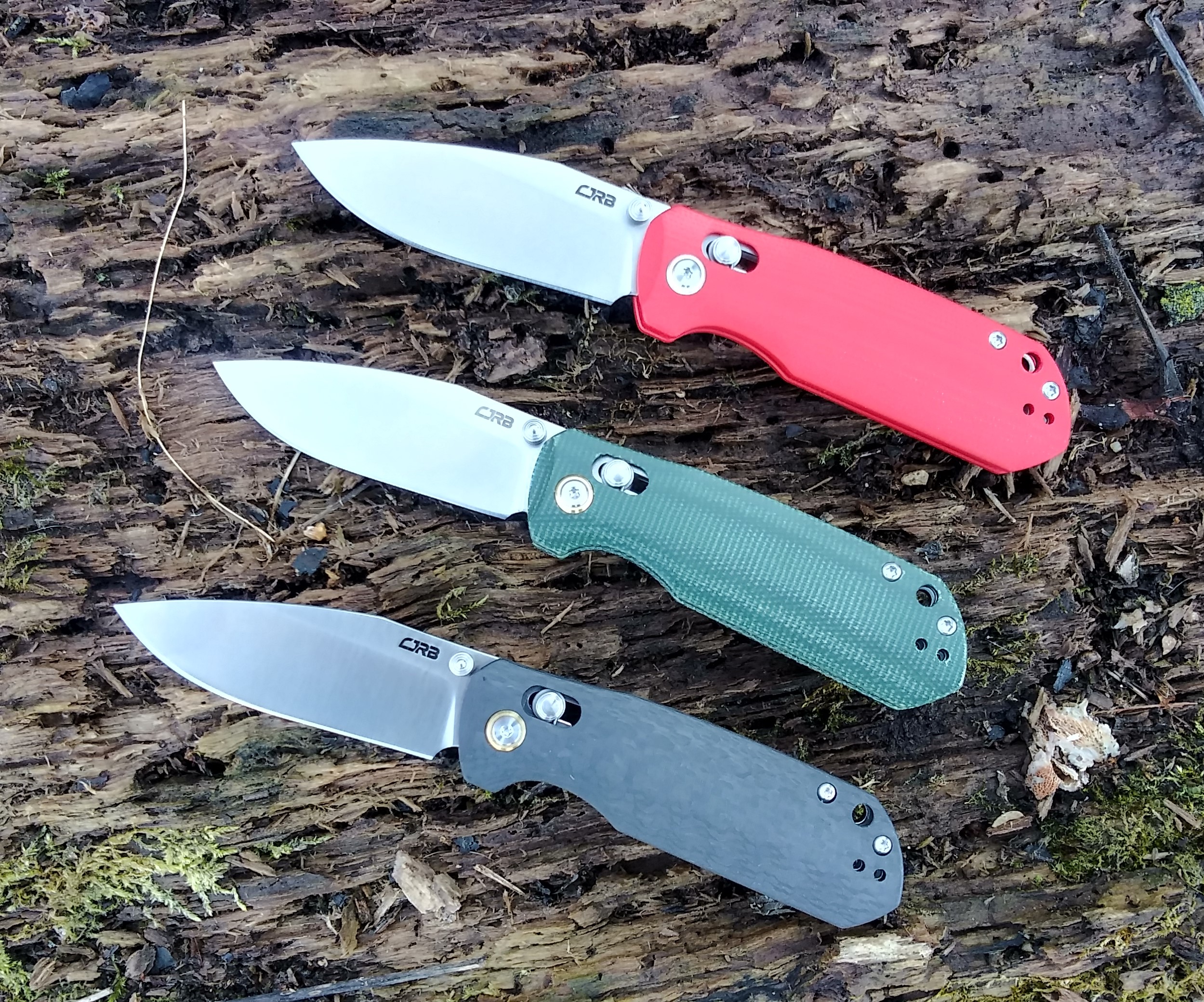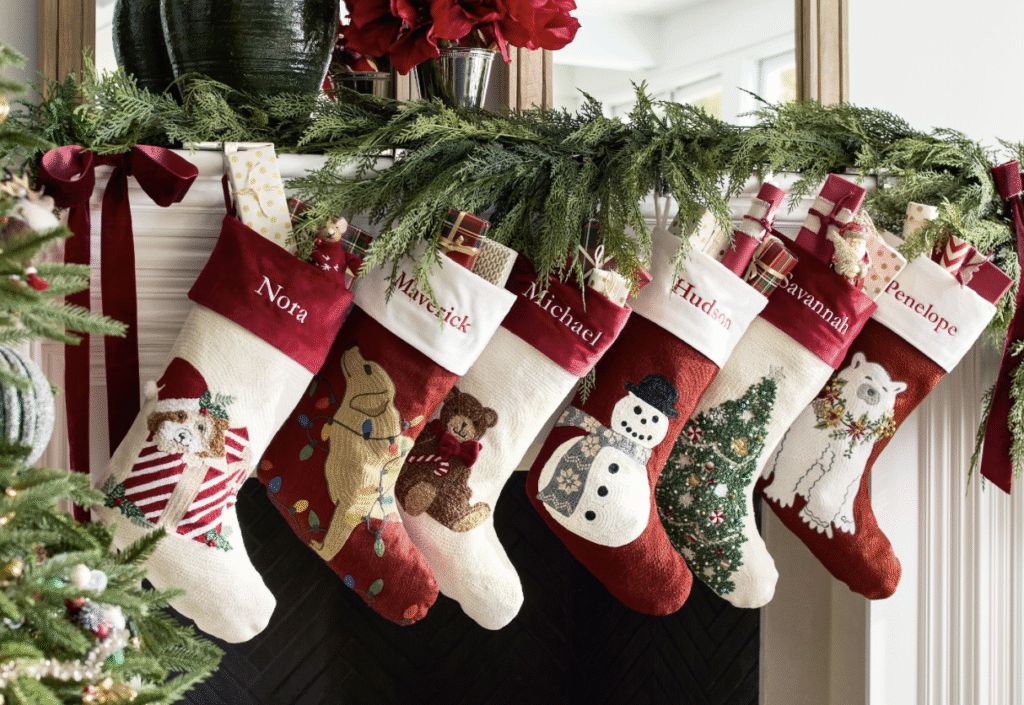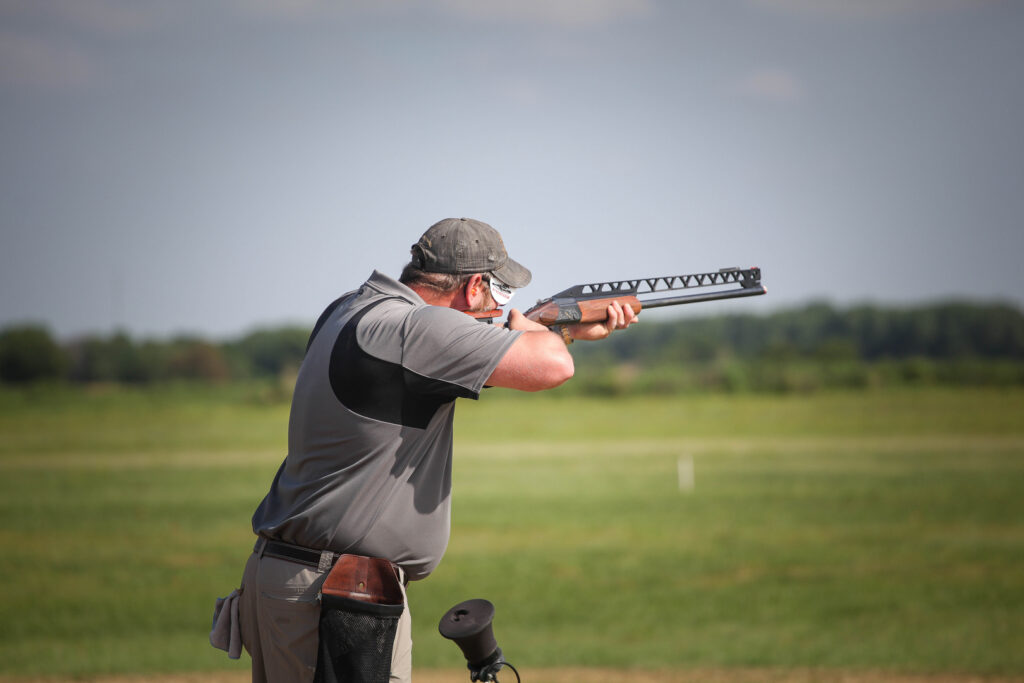When I heard David C. Andersen had designed the Maximal to be an affordable but high-performing EDC option, my first thought was that if anyone could pull that off, it’d be him. Andersen knows his knives. I mean, c’mon, there’s a reason he’s been working for KnifeCenter for years.
Prior to that, he wrote for The Truth About Knives, one of the most popular knife-centric blogs around. He’s probably handled more knives than a dozen regular folks will in their lifetimes.
I’ve been a fan of his work for quite a while. The Lapwing, produced under Andersen’s Nordsmith Knives brand, is one of my favorite fixed blades. Andersen produced the Maximal in partnership with CJRB. When he asked if I’d be interested in checking out the Maximal, I jumped at the opportunity.
Advertisement — Continue Reading Below
Maximal Specifications
They went with AR-RPM9 stainless steel for the knife. This is my first experience with this steel, so I did a little homework. This is a CJRB proprietary steel. Here’s what they say about the steel on their website:
“AR-RPM9 is powder-form stainless steel with properties that make it ideal for daily-carry knives. Boasting high hardness and superior toughness thanks to the powdering process, AR-RPM9 stands toe-to-toe with several premium steel varieties and surpasses many of them in overall durability and corrosion resistance….“
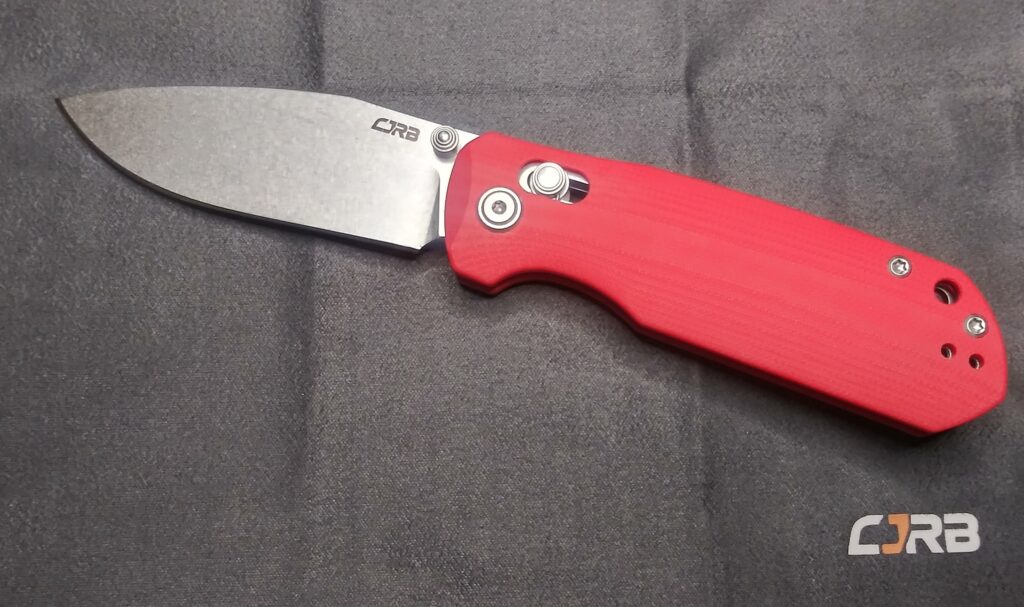
Advertisement — Continue Reading Below
The drop-point blade is 2.95 inches long. Fully open, the Maximal is 6.89 inches from end to end. It’s available in a few different handle configurations, including red G10, green Micarta, and dark gray carbon fiber. Each of the models I tested weighed in around 2.8-3.0 ounces. In hand, they feel like they’re a little hefty for the size. But this gives an impression of solidity to the knife rather than detracting from it.
Crossbar Lock
The Maximal is equipped with a Crossbar lock. I feel that this is one of the safest locking mechanisms in the knife world. For those not familiar, when the blade rotates into the open position, it locks into place. To close, you pull back on the Crossbar to unlock it. The blade then falls closed on its own. This means you don’t endanger any fingers.
With a little practice, you can use the Crossbar to open the knife, too. Pull back on the lock and flick your wrist to send the blade into position.
Advertisement — Continue Reading Below
Ambidextrous
Andersen was sure to cover all the bases with the Maximal design. There is a thumb stud on either side of the spine. The Crossbar is also accessible on both sides of the knife. The pocket clip can be switched from one side to the other by undoing two screws.
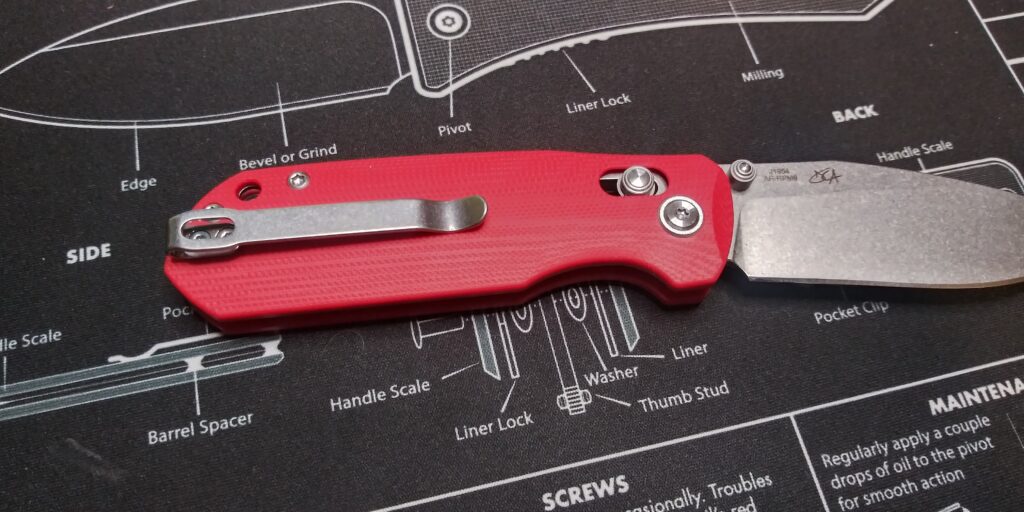
Performance
I’ve been playing around with the Maximal for several days. So far, I’m pretty impressed. The fit and finish are impeccable. The blade is perfectly centered. When open, there is zero wiggle or wobble with the blade. The handle is contoured comfortably, and it includes an integral finger guard. I’m able to get a full four fingers on it, too, which is always appreciated.
Advertisement — Continue Reading Below
I’ve used it for breaking down boxes, slicing sausage and cheese for my granddaughter, opening plastic blister packs, and cutting lengths of paracord, among other things. The Maximal handles like a dream. It holds an edge very well and is still razor-sharp.
Perhaps the best part of the whole package is the price. The Maximal runs a mere $50. I’ve had lesser quality knives that retailed for three times that price. Each one comes with a nice zippered case, too.
The Maximal absolutely punches way above its weight class. Highly recommended.
Advertisement — Continue Reading Below
You can find it at KnifeCenter.
